ERROR_NET_OPEN_FAILED : 5 Ways to Fix the BSoD Error
Check Event Viewer log to check the warnings and errors related to the BSoD
4 min. read
Updated on
Read our disclosure page to find out how can you help Windows Report sustain the editorial team. Read more

The ERROR_NET_OPEN_FAILED with error code (570, 0x23A) and description The NtCreateFile API failed. This error should never be returned to an application, it is a place holder for the Windows Lan Manager Redirector to use in its internal error mapping routines, indicates an issue with accessing network resources through the Windows LAN Manager Redirector.
This error usually appears when a network file share can’t be opened due to a lack of permissions, network connectivity, or other file access conflicts.
To begin with, restart your computer, press Windows + X, and select Event Viewer. Navigate to Applications and Services Logs > Microsoft > Windows > SMBClient and check the error messages.
How can I fix the ERROR_NET_OPEN_FAILED?
1. Ping the target server to check connectivity
- Press the Windows key, type cmd in the search box, and click Run as administrator from the list of options to launch Command Prompt with elevated rights.
- Type the following command to test the connection to the server and make sure it is reachable and hit Enter:
ping google.com - If the ping is successful, you will see which indicates that the system has network connectivity to the target server:
Reply from 142.250.195.14: bytes=32 time=7ms TTL=118
2. Check the file share permissions
- Press Windows + E to open the File Explorer.
- On the computer hosting the shared folder, right-click the folder and select Properties from the context menu.
- In the Properties window, go to the Sharing tab.
- Click the Advanced Sharing button.
- Select Share this folder and click Permissions.
- You will get a list of Group or user names. Select the user account to whom you want to give access.
- Under Permissions, you will get three options:
- Full Control: Can read, write, change, or delete files
- Change: Can read, write, or modify files but can’t delete
- Read: Can only view the files in the folder but can’t delete or change them.
- Select the permissions you want to set, then click Apply and OK to save the changes.
- If you can’t see the user/group, click Add to add a new user or group, then follow step 7 to give permissions.
3. Verify File System permissions
- Right-click the folder and select Properties from the context menu.
- In the Properties window, go to the Security tab.
- Look for the username or group you want to permit. If the user is not listed, click the Edit button.
- Click Add.
- Next, click Advanced.
- Click Find Now, then select the user name and click OK.
- Click OK.
- Choose the user account and change the permissions. Here are the options:
- Click Apply and OK to save the changes.
Checking the file permissions can also help you fix the You’ll need administrator permission to delete this folder error; check out this guide to learn more.
4. Ensure Server Message Block is enabled
- Press the Windows key, type control panel in the search box, and click Open to launch Control Panel.
- Select Category for View by and click Programs.
- Click Turn Windows Features on or off.
- Look for SMB 1.0/CIFS File Sharing Support and ensure it is selected.
- Click OK.
- Select Restart to save the changes and check if ERROR_NET_OPEN_FAILED appears again.
5. Check for Windows Updates
- Press Windows + I to open the Settings app.
- From the left pane, click Windows Update.
- In the Windows Update section, click Check for updates.
- If an update is available, click Download & Install to ensure all the updates are installed.
Next, make sure the file path or network share is mentioned correctly using the right UNC path. Also, if you are accessing a network shared drive, try reconnecting the network drive using the right credentials.
In conclusion, to fix the ERROR_NET_OPEN_FAILED, you can ping the target server to ensure the network connectivity, check the file share permissions, verify file system permissions, verify SMB is enabled, and check for Windows Updates.
In case you encounter you don’t have permissions to open this file in Windows 10; read this guide to learn more. We also have a new article on ERROR_BACKUP_CONTROLLER, so feel free to check it out.
If you have any questions or suggestions about the BSoD error, feel free to mention them in the comments section below.

















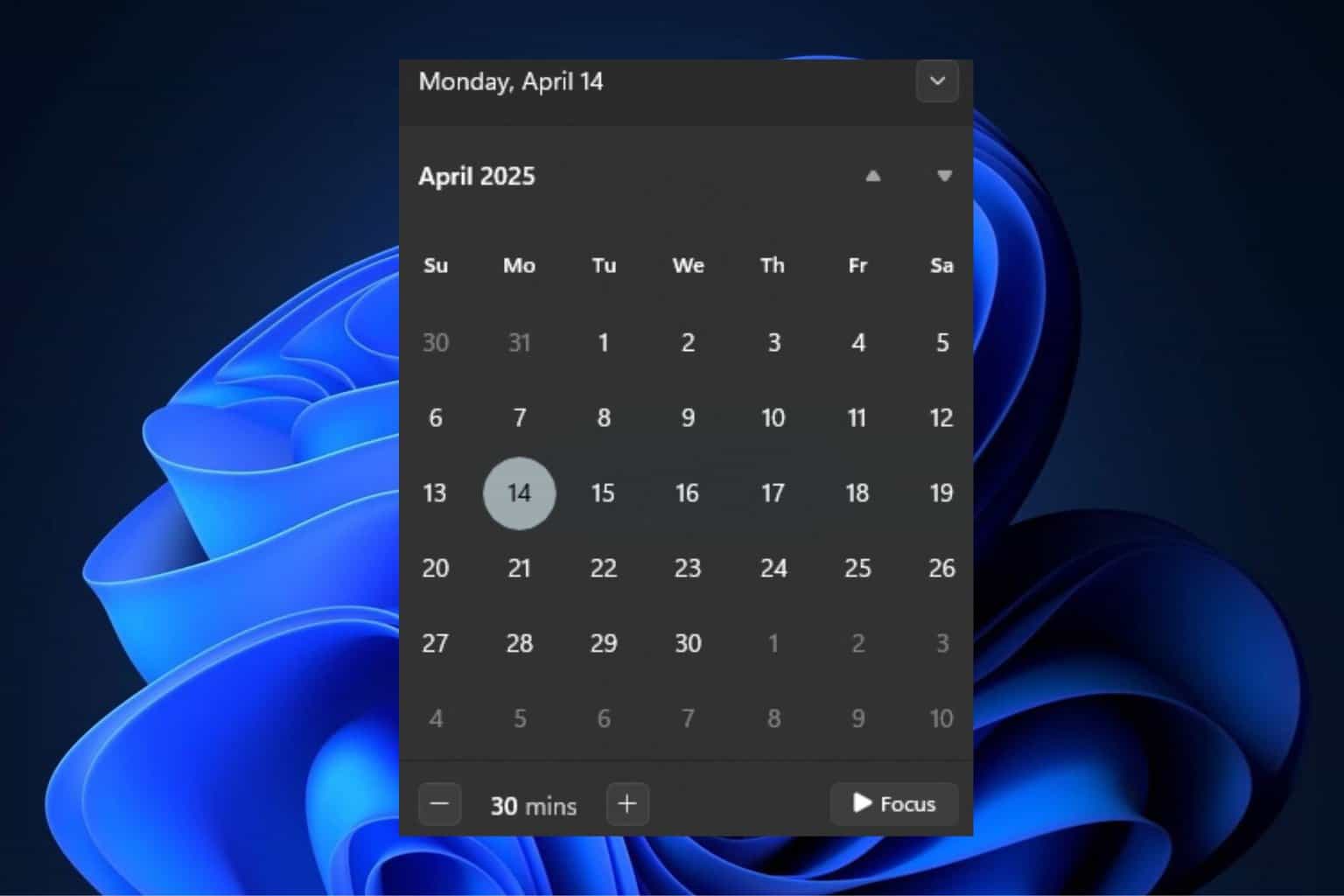
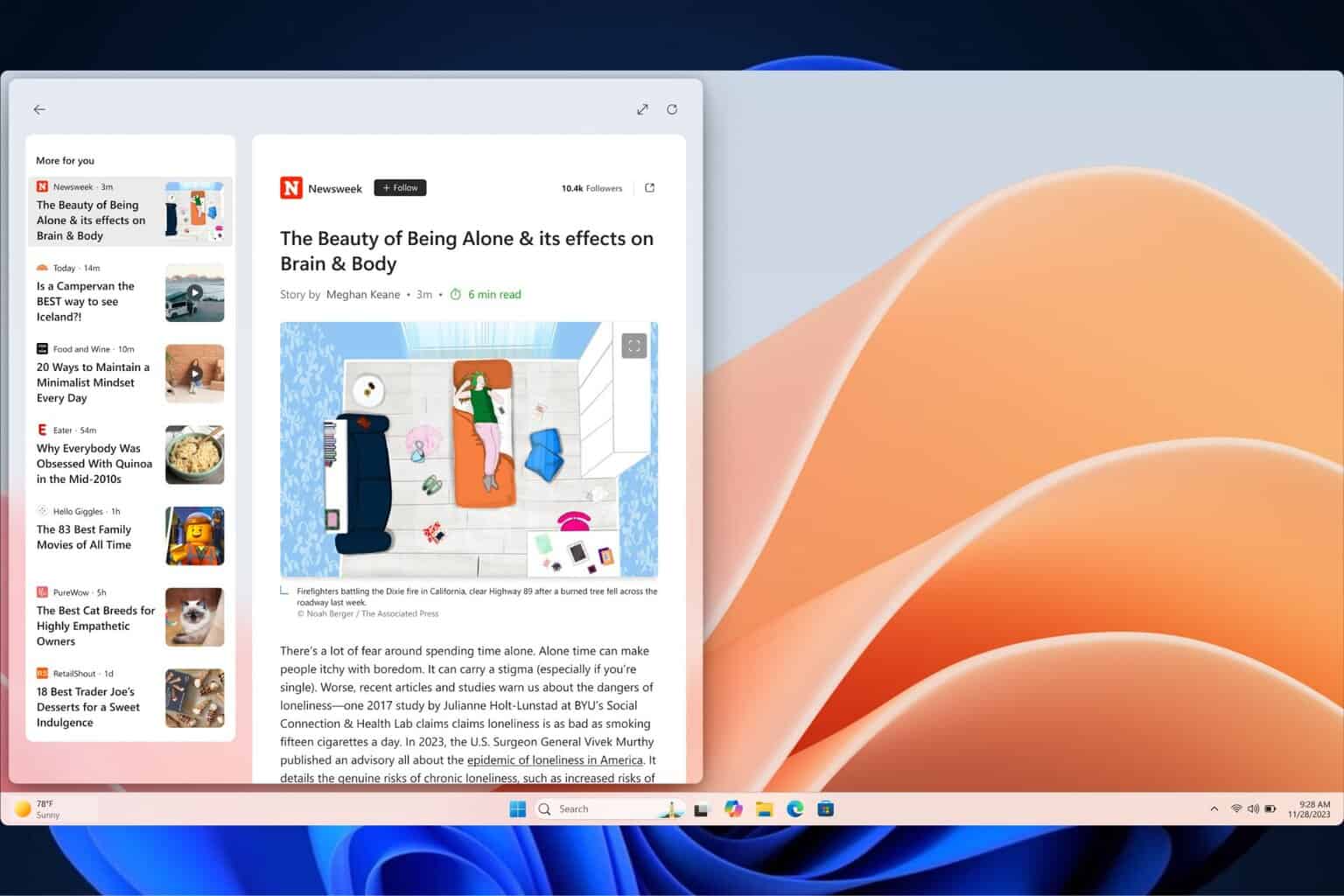
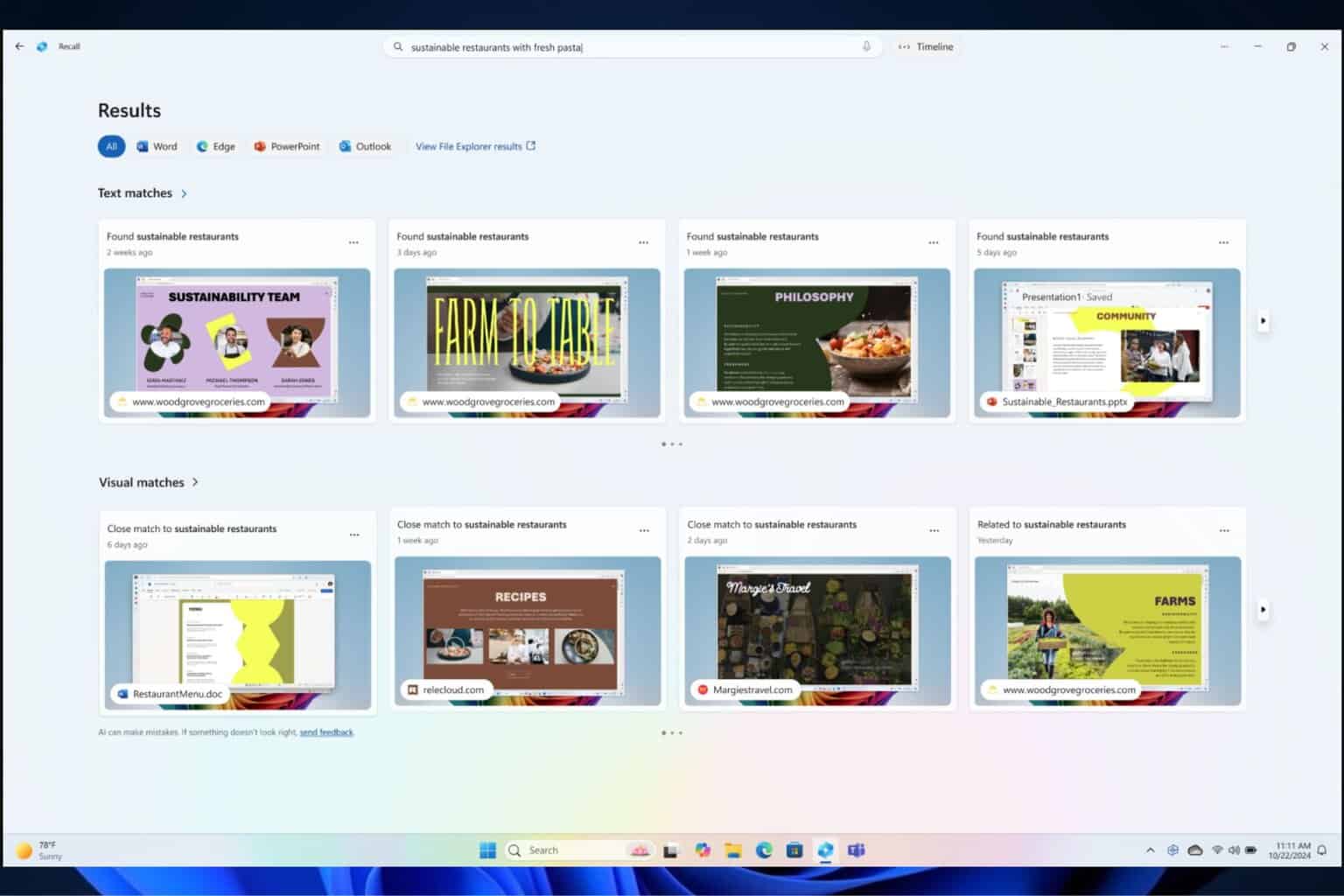
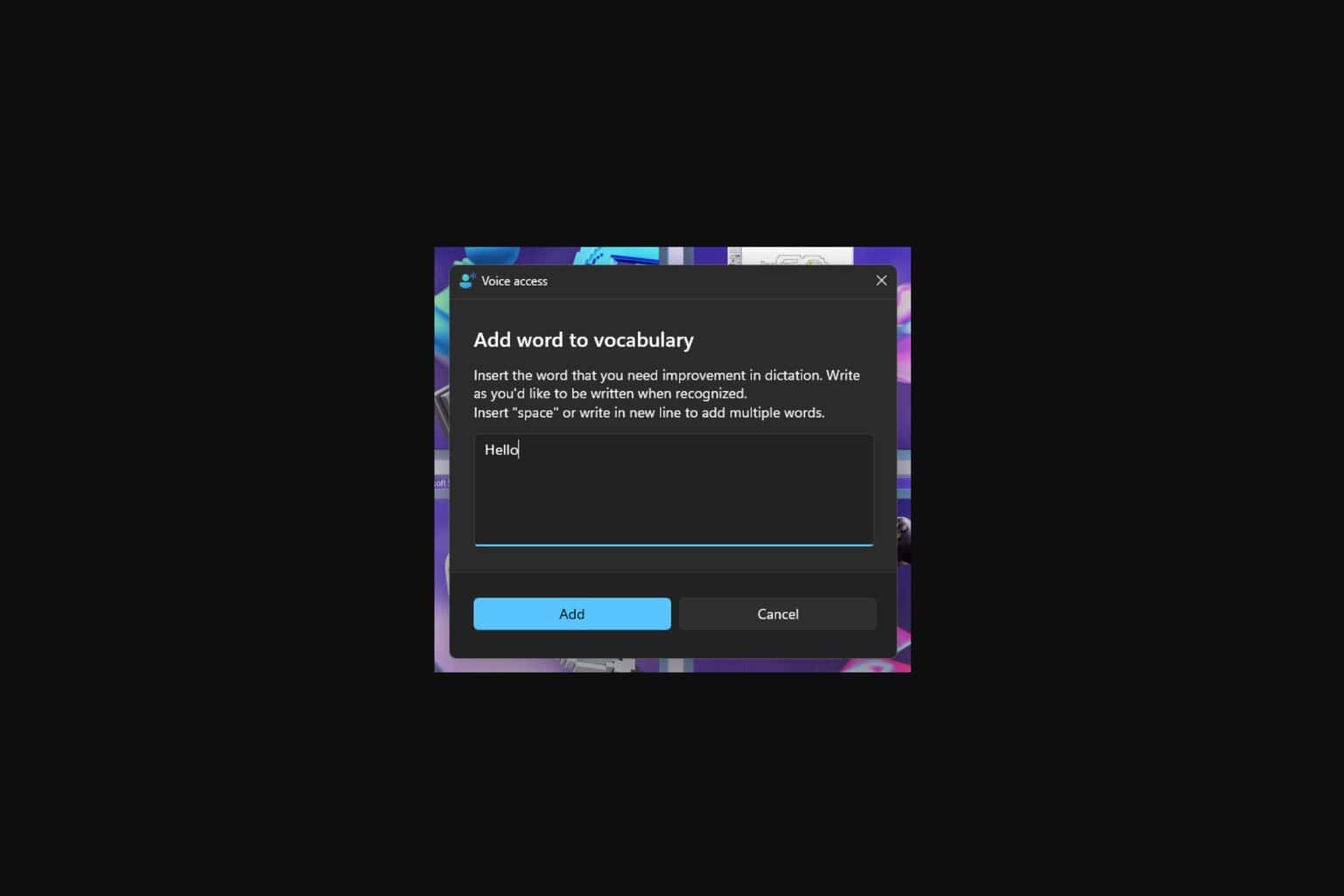


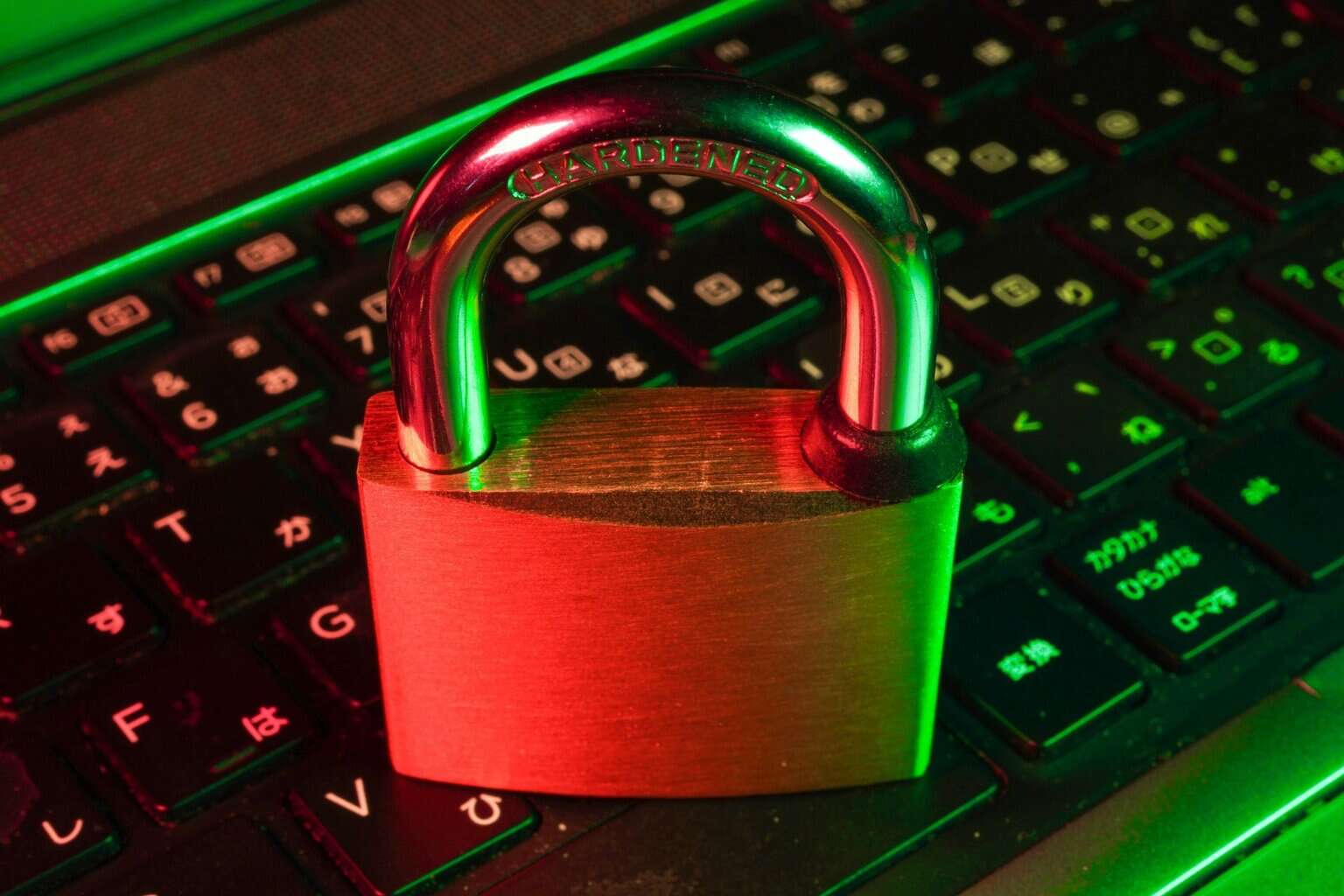
User forum
0 messages